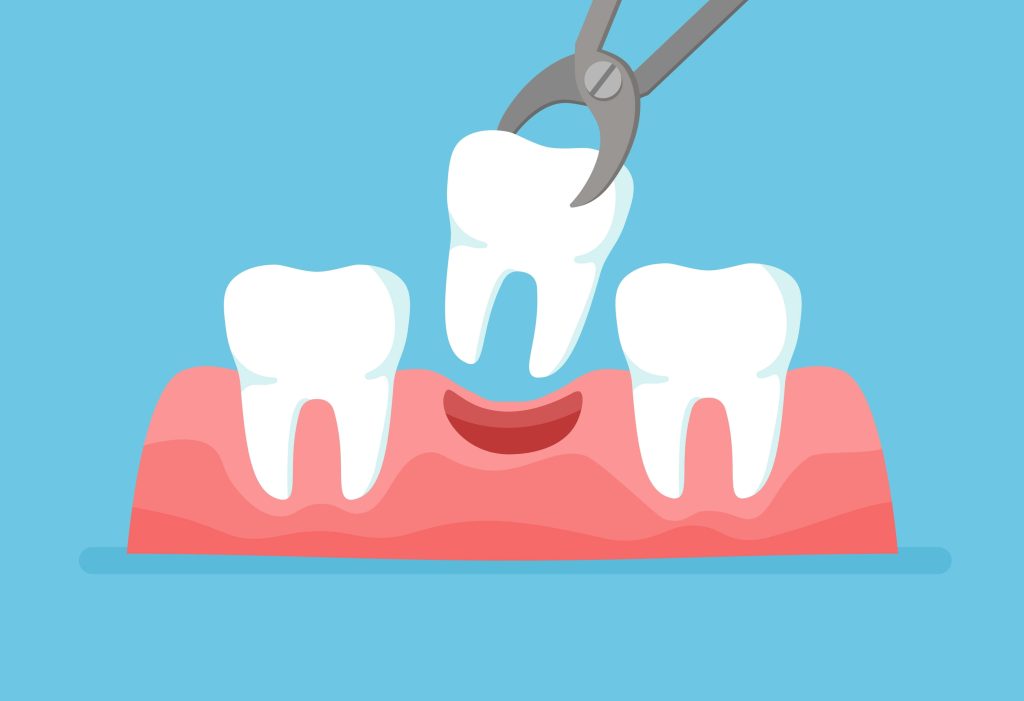
Emergency Extractions
A tooth is held in place by a periodontal ligament which is an elastic tissue that connects the root of the tooth to the bone. Ligaments connect bone to bone, while tendons connect bone to muscles. The periodontal ligament that holds the tooth in place is the reason why you feel how hard you’re biting, and why you can feel when something is stuck between your teeth. The most comfortable extraction is done by patiently “wiggling” the tooth, which causes the periodontal ligament to stretch and loosen, and the tooth comes out without the patient feeling much force. After the tooth is out, it is important to remove the remaining fibers of the periodontal ligament as well as any infection, so that the cells from the bone migrate into the void and fill it with natural bone.


If an implant is planned for the area, it is sometimes beneficial to place a bone graft. One option is a PRF graft, which is made from your own blood plasma. While not strictly necessary, it helps preserve the extraction socket and speeds up healing—giving the best chance of having enough healthy bone for a future implant.
FAQ’S
There are a variety of ways to take care of this: implants, bridges, removable dentures. In office, together with the doctor will be decided what treatment option suits the patient better.
